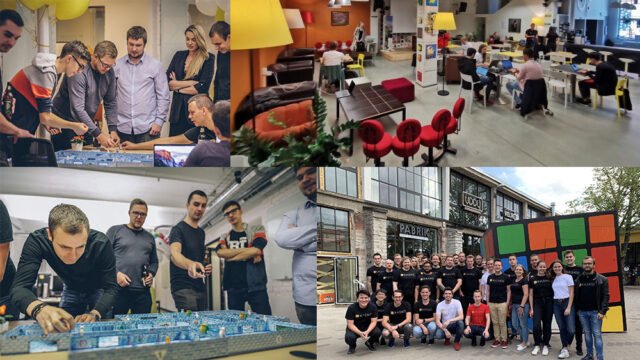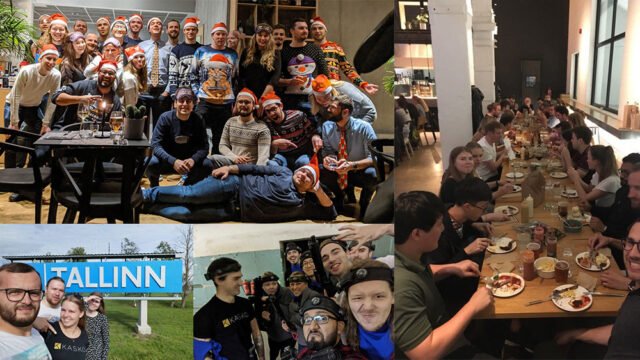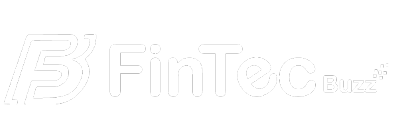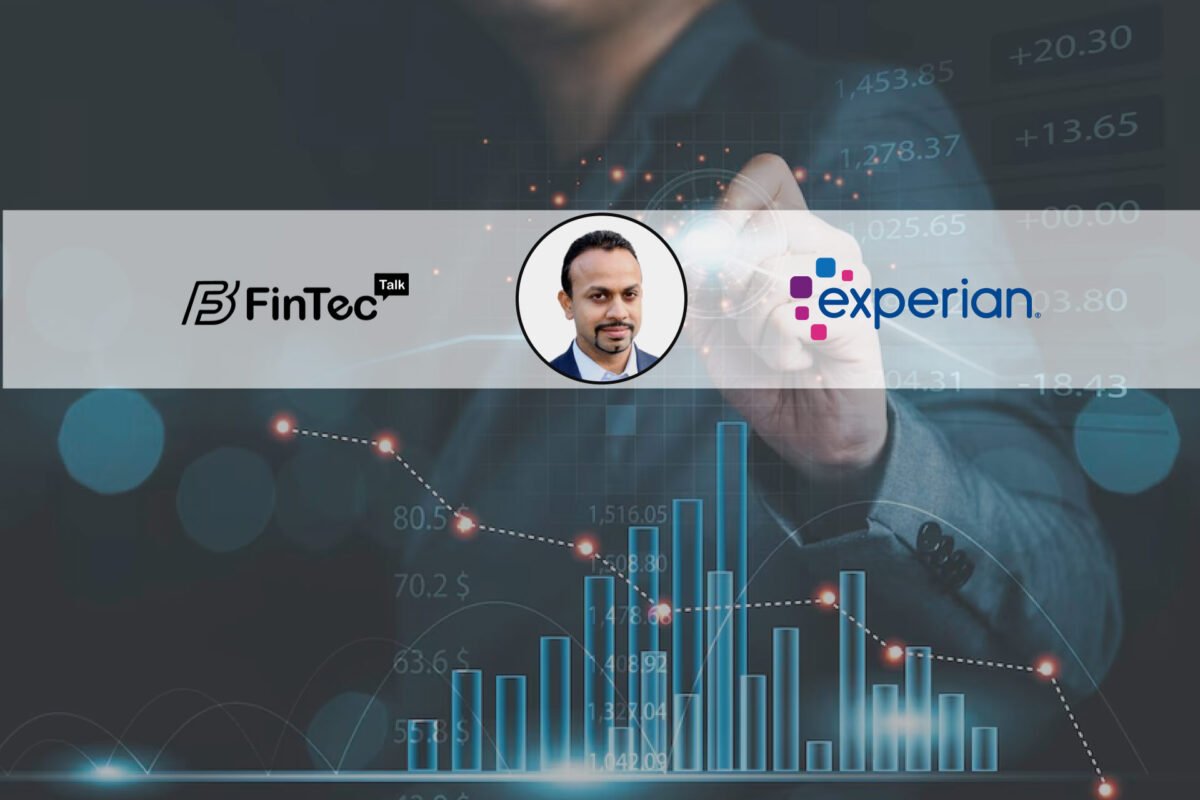Nikolaus, CEO at KASKO talks about the role played by digitization in empowering the Insurtech sector and how API-driven enhancements are transforming insurance.
1. Can you briefly introduce yourself?
I’m Nikolaus Suehr, CEO and Co-Founder of KASKO, an InsurTech providing the fastest and most flexible platform for insurance incumbents and startups to digitalise and scale their product offering.
I’m 36 years old, married and a proud dad to Maxima, my two months old daughter, so besides running a business, I’m also killing it at midnight diaper duty (or so I keep telling myself)
As CEO, I mainly focus on business development and spend most of my time building relationships, engaging and understanding our insurance partners and other stakeholders like consultants and startups.
2. Can you tell us about your journey into this industry?
My father was the co-founder of OCC, a leading classic car insurance managing general agent (MGA), so growing up in the environment I wanted to take over the family business one day. I went to study Insurance Management in the UK and spent eight years working for commercial brokers, the family MGA business and strategy consulting for insurance.
3. How do you think technology is upgrading the Insurance sector?
I think that it’s important to say that technology is not a means in and of itself. Especially in insurance where the touchpoints are so limited that the benefit of having an app I can use twice a year versus writing an email or making a phone call is not great enough on its own to have customers switch.
There are some new entrants who are trying to make insurance fairer and sexier, cutting out the middleman towards more self-service. Some customers will be keen to self-serve, supposing it can be delivered more cheaply (as the latest data from InsurTech poster child Lemonade shows, despite all the funding, smarts and focusing on a very simple product, the spending is $4 per each premium collected, whereas a normal agent commissions are 20-25 cents). I believe that most people don’t want to deal with insurance, so the key here is to make insurance invisible – I am basically outsourcing this to an agent or broker because I can’t be bothered myself. So I feel that true customer focus requires delivering what customers want and if they want a middleman, then that is ok, but let’s enable that relationship in a digital way.
In my view, there are a couple of benefits of modern technology towards insurance. First of all, it allows insurance to be embedded within any channel seamlessly via application programming interfaces (APIs). For example when you buy a car, you can buy insurance for it at the same time, when you buy a house, you get home insurance. Another benefit is reducing the costs of designing and running insurance.
Currently 20 per cent of premiums are spent on IT and operations. Technology can help drive this down to 2-5 per cent.
Last but not least, by enabling a digital mindset, products can be introduced and then iterated on rather than having to wait years to launch something the customer doesn’t need.
4. How has digitization helped in better policy and claims administration?
The most important factor is driving down costs of running legacy systems and enabling connectivity to various distribution channels, value-added services, and data via microservices and APIs. It also helps reduce the time to market.
However, most policy admin systems have been implemented from the inside out, aiming to reduce system complexity, rather than from the outside in. At KASKO, we believe that outside in is the key as it forces you to prioritise on actual user needs. For example, it doesn’t help you much having a super digital backend system with high levels of automation or even an AI project if you don’t have digital touch points to your customers (e.g. 70 per cent of insurers don’t have email addresses for customers). So unless you figure out how to get digital access to customers and distributors, you create an insular solution that won’t be able to benefit as data will still have to be manually transferred into your system.
5. Can you explain how InsurTech is easing regulatory management?
There are several areas. First of all, having new MGAs and fully licensed insurers applying for licences shows the regulators where the market is heading and adapting to market demands. If the regulators don’t see new operating and business models emerging, they cannot adapt their regulation.
Most InsurTech based operations are largely rule-based, meaning processes and underwriting rules are defined in code, with less human error and allowing moving underwriting and claims decisions closer to the customer.
There are also several adjacent technologies such as optical character recognition (OCR), AI and digital signatures that are easing the review and documentation of regulatory steps, making it easier to adhere to regulation.
6. Can you explain to us in detail about how your API works?
Our platform is fully API driven, this means all actions on that platform can be done via our API or our dashboard tools. We have two types of users – the distributor and the insurer. On the distributor side (and this can include the marketing or agent/broker management department of the insurer), we allow the distributor to engage with the API to offer insurance services, such as getting a quote, making an offer, binding policy, taking payment, cancelling policy, refunding a payment, adjusting policy or making a claim. On the insurer side, it’s mainly used to pull data into the existing system as we augment, rather than replace legacy IT.
7. What features of your digital insurance platform differentiates it in the market?
I think that there are three aspects that differentiate our platform. Firstly, we enable insurers to design and launch insurance services within four to eight weeks at a price point below €50,000. This would typically take months, if not years, and cost significantly more.
Secondly, we appreciate that insurer legacy has a ton of functionality that we want to leverage if we can, thus we don’t need to (and seldom) deliver the full-stack. Instead, you can choose the following modules selectively and independently. We offer a white-label sales journey, quote-offer-bind API, policy admin, payments, first notice of loss (FNOL), whereby if you want the policy admin, you also need to use our quote-offer-bind API because this is where we set up the product related rules and documents.
Finally, we provide a full-service. Whilst we love working with integrators and consultants, we don’t have to, we are a one-stop shop and can minimise the work required on the insurer IT side to a few days per product launch, thus overcoming their resource constraint.
8. How do you prepare for an AI-Centric world?
We do it the same way Ping An described in this interview – by getting the basics right. We make sure that we collect structured data coming in (not having email addresses of 70% of your customers and accepting business by mail, fax, or a napkin doesn’t help). Then we start with rules-based hypothesis driven optimization of the key value driving processes such as underwriting, policy admin and claims. Finally, we optimise via AI.
At the moment, we at KASKO are also an AI company, but for us AI stands for “Actual Intelligence”, so we are very much focussed on part one and two of the equation. After all, only 50% of those startups who claim to use AI actually are using AI. Having said that, we absolutely believe in the benefits of AI and for now our strategy is to be open to any AI service that comes as we appreciate that it’s about having large training sets and we want to access those rather than trying to build them ourselves for now.
We did actually launch the first AI-powered watch insurance in Europe a while back and had our first learnings with AI in that regard.
9. What advice would you like to give to the technology startups?
Understand your customer and their decision making processes. Insurance companies are complex and large organisations with limited resources and knowledge about technology, resistance to change, and generally only a functional view of the business (e.g. distribution, underwriting, IT, claims, legal, marketing, data privacy).
You need to either map out all these stakeholders beforehand and address their individual challenges holistically (by having someone on the inside helping you) or design your proposition so that a single stakeholder can decide by minimizing dependencies from other stakeholders. We have followed the second path quite successfully.
10. What is the Digital innovation in insurance technology according to you that will mark 2020?
I think it’s less about innovation and more about putting things into practice and moving from the proof of concept (POC) to scale and integrating InsurTech into existing distribution channels and augmenting existing product lines.
11. What are the major developments you are planning, in recent time?
We have two clear milestones that we are working on at the moment. Having productised our IT and onboarding, we are now investing heavily in expanding our business development process in order to achieve cash flow positive revenue growth. For example, from the first engagement to making a binding offer of implementation, we only require 1-2 hours of the client’s time and 2-3 hours internally. We’ve had a 50 per cent success rate on our offers within our target range of below €50K.
The second milestone we are heading towards is self-service. We understand that insurers want to be independent of our own delivery capacity, which is why we are already opening up our own development tools so they can decide to do it themselves or pick an agency or IT-consultancy to do it. We will use it to outsource the configuration aspects of our platform and focus primarily on expansion as well as partnering with integrators and IT-consultants to enable them to offer InsurTech services to their clients.
Aside from that, as we are going further down the rabbit hole, we are identifying numerous applications of how we can solve issues within the insurance space with our platform in one single instance. There is really a lot that our platform is capable of. It can support launching new products, updating existing products and enabling omni-channel distribution. That includes direct, brokers, agents, wholesale brokers, price comparison sites, banks, large brands via a single instance. The platform can also power new MGAs and transform existing MGAs. It helps deal with burning platform issues such as migration of 100ks policies onto our platform to switch of the legacy before the new core system is ready. On top of that, there’s also a solution for augmented manual underwriting, and parametric insurance.
12. Can you tell us about your team and how it supports you?
I have been very fortunate to have my co-founder and CTO Matt and our COO Sergej by my side. It’s them who pretty much keep the business running and ensure that we deliver, so that I can focus on business development and identifying all the different problems that we can solve with our InsurTech platform.
Matt and I were actually roommates at university and he was also my best man, so it was very fortunate that I accidentally picked the wrong student accommodation far far away from the business school campus and ended up living with Matt who studied mechanical engineering at the time. We met Sergej through an acquaintance and he has complimented me by not only focusing on the problem and finding a solution (which I do), but also the process of how the solution is created and communicated within the team.
Moreover, we have a great team of 40 and every single one massively contributes and it’s great to see how we all grow together on this rollercoaster ride.
13. What are you currently reading?
I usually read everything InsurTech related in order to keep on top of current trends. By reading a lot, I can also share our views on social media in an attempt to filter and provide relevant content to our insurance partners.
As a freshly baked dad, I’m also reading “Baby years: Development and education within the first four years” by Remo H. Largo, which I can highly recommend.
14. We have heard that you have a very joyful work culture, so can you share with us some of the fun pictures of your workplace?
Since we are based at several locations around the globe, we know that working remotely is possible, but we want to make sure we get to see our colleagues and get to know them as well, so once a year, we pick a city in Europe, fly in from the different offices and meet up for fun, some work and more fun. We believe that culture is organic and cannot be forced with a barista and a dog. You need to grow your company with the right attitude and people.


For more such Updates Log on to https://fintecbuzz.com/ Follow us on Google News Fintech News




